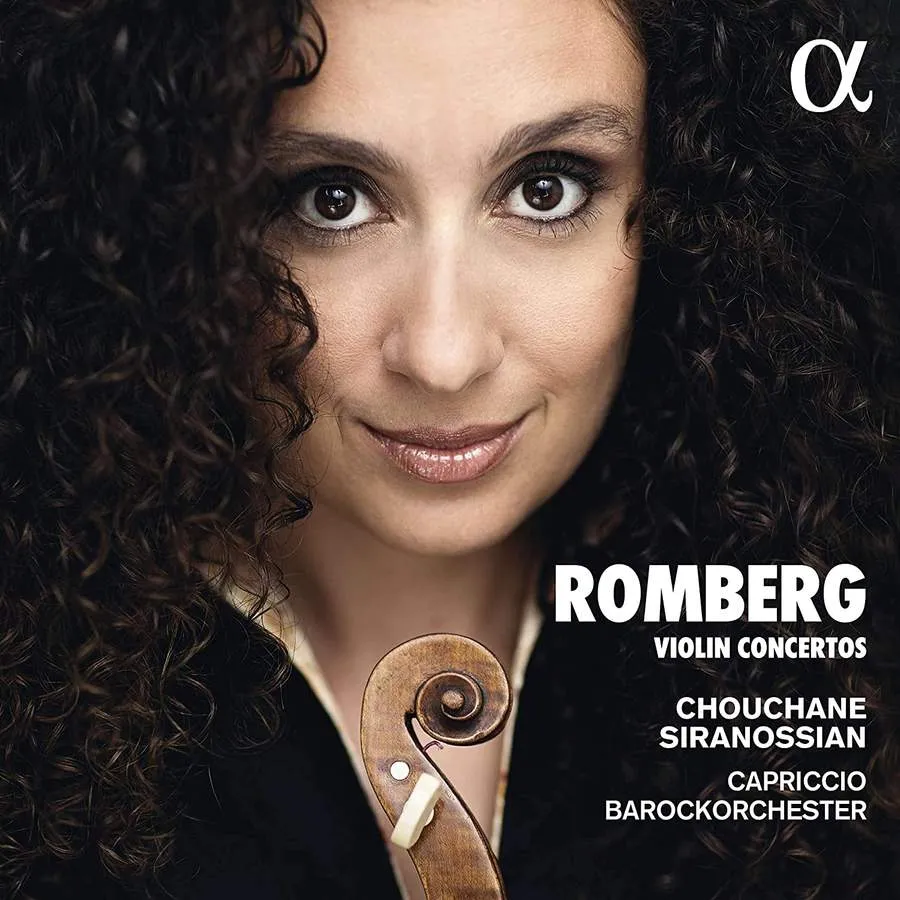
Romberg Violin Concertos Nos 4, 9 & 12 Chouchane Siranossian (violin); Capriccio Barockorchester Alpha Classics ALPHA452 76:50 mins
A slightly older contemporary of Beethoven, Romberg has suffered the inevitable fate of being sidelined by musical history. The violin was his instrument, and at least 20 concertos are extant, with the musical language moving from the classical world of Mozart and Haydn to something more Beethovenian. Idiomatically conceived for the soloist, they go beyond mere display, but don’t always manage to escape from formula, nor come up with striking ideas.
Capriccio Barockorchester means business right from the tightly rhythmic opening of the Fourth Concerto, with the bright sound emphasising the gutsy attack of the strings and tang of the winds. After that, Chouchane Siranossian’s first entry is less convincing, both in tonal consistency and intonation, and this is particularly exposed in leaps and at speed: she sounds more comfortable in lyrical music at the lower end of the range. The pacing of the music is convincingly flexible, and the orchestra stays with her all the time – it’s not clear from the booklet whether she or the orchestra leader is in charge, incidentally.
The most interesting movement in the earlier concertos is the Rondo finale in the Fourth, where the episodes explore different moods, keys and time signatures. But standing out is the Twelfth Concerto, with its opening very much in the Sturm und Drangtradition, and reaching forward towards something more Romantic. It also draws the best playing from Siranossian, especially the first movement cadenza – unusually accompanied by wind and timpani – and in the finale, a buoyant polonaise.
Martin Cotton